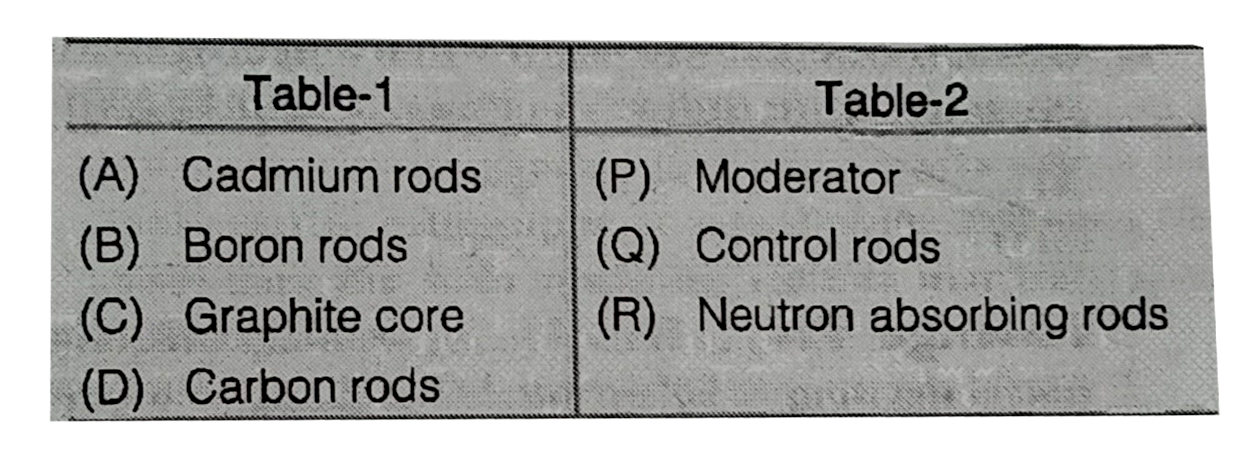In a nuclear reactor, what is the function of:
The coolant
Step-by-Step Solution:
1. Understanding the Nuclear Reactor: A nuclear reactor is a device used to initiate and control a sustained nuclear chain reaction. It generates heat through nuclear fission, where heavy atomic nuclei split into smaller parts.
2. Heat Generation: During the fission process, a significant amount of heat is produced. This heat is essential for generating steam, which can then be used to drive turbines for electricity generation.
3. Role of the Coolant: The primary function of the coolant in a nuclear reactor is to remove the excess heat generated during the fission process. If this heat is not effectively removed, it can lead to overheating and potential damage to the reactor core.
4. Common Coolants: Water is the most commonly used coolant in nuclear reactors. It not only absorbs the heat but also helps in moderating the neutrons, which is crucial for sustaining the fission reaction.
5. Heat Transfer: The coolant circulates through the reactor core, absorbing heat, and then transfers this heat to a secondary system (often a steam generator), where it can be converted into steam to drive turbines.
6. Safety Considerations: Proper functioning of the coolant system is critical for the safety of the reactor. If the coolant fails, it can lead to overheating and potentially catastrophic failures.
Final Answer:
The function of the coolant in a nuclear reactor is to remove the excess heat generated during the nuclear fission process, ensuring that the reactor operates safely and efficiently. Water is the most commonly used coolant due to its effective heat absorption and moderation properties.
---
The function of the coolant in a nuclear reactor is to remove the excess heat generated during the nuclear fission process, ensuring that the reactor operates safely and efficiently. Water is the most commonly used coolant due to its effective heat absorption and moderation properties.
Similar Questions
In a nuclear reactor, what is the function of:
The control rodsView SolutionIn a nuclear reactor, what is the function of:
The moderator,View SolutionIn a nuclear reactor, what is the function of graphite rods?
View Solution(a) Under what conditions is the phenomenon of total internal reflection of light observed? Obtain the relation between the critical angle of incidence and the refractive index of the medium.
(b) Three lenses of focal lengths +10cm,−10cmand+30cm are arranged coaxially as in the figure given below. Find the position of the final image formed by the combination.

(b) (i) Write a balanced equation showing nuclear fission of Uranium (23592U) nucleus.
(ii) In a nuclear reactor, what is the function of :
(a) Cadmium rods? (b) Graphite rods?View SolutionIn a nuclear reactor mathc the following .
 View Solution
View SolutionFirst nuclear reactor was built in
View SolutionHeavy water is used as moderator in a nuclear reactor. The function of the moderator is
View SolutionHeavy water is used as moderator in a nuclear reactor. The function of the moderator is
View SolutionHeavy water is used as moderator in a nuclear reactor. The function of the moderator is
View SolutionLiquid sodium is used in nuclear reactor. What is its function?
View Solution

